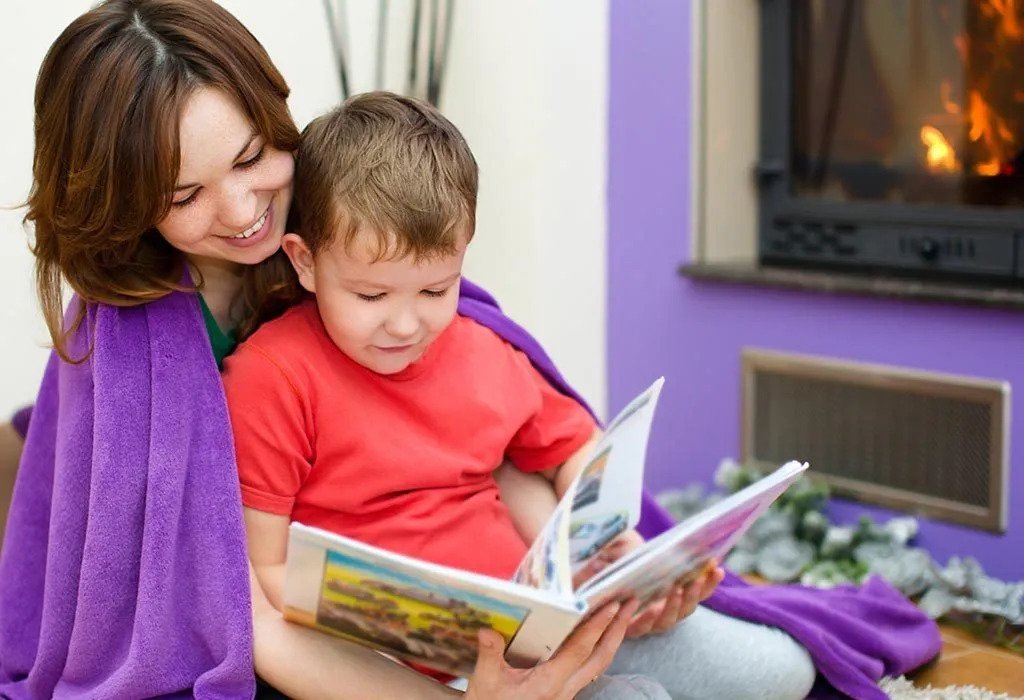Tips and Tricks for Reading to Your Child
Reading is a fundamental learning activity that’s free and family-involved. You don’t want to miss out on it especially in your child’s early years. It’s an enjoyable activity for kids and adults alike, and helps develop communication skills.
Reading offers lots of advantages for children, such as improved cognitive development and an extended attention span. You can take some simple steps to improve your child’s reading skills.
To get started, read up below on our helpful tips for helping children learn to read.
Eliminate Distractions
Turn off the television, radio, or music so they don’t get distracted. You should also turn off your phone or disable any notification sounds so your toddler stays focused when they read.
Create a Book-Filled Space
Make your house look like an inviting place for reading. If there’s plenty of space for books and reading materials nearby, then you might be encouraged to read together. You can also create a cozy spot inside your own home to home in on the activity and make it a part of your day.
Let Them Choose What to Read
Spread the books out and ask them what they would like to read. By giving them choices, they become more involved and interested in reading.
Toddlers may remember and point out books and stories they like best and might be especially interested in reading them with you.
Turn Reading Into A Daily Routine
Spend time reading together every single day. Allot at least 15 minutes to commit to the activity. Before bedtime, storytime is an ideal time for this daily ritual and habit building.
Frequency of practice will help them improve and retain more language skills.
Model Reading Behavior
Children pay attention to everything their parents say and do. By practicing good reading habits, you’ll be able to get them interested in reading.
Even if you aren’t an absolute voracious reader, that’s fine too. You could instead read books together if reading isn’t already one of your hobbies.
Let Them Lead
As soon as they start reading along with their own voices, let them! Instead of encouraging them to read together, take turns with them when they’re reading aloud. They’ll eventually learn by themselves, but you might need to help them out occasionally if they’re having trouble reading.
Ask and Answer Questions
Ask them questions about what they are reading and what they anticipate to happen. It’s good to ask more complicated answers than just yes or no as well. If they’re asking questions along the way, pause and engage them by answering. You’re not just reading to yourself: you’re reading with them too!
Identify When Your Child Wants to Stop
You don’t necessarily need to push kids toward reading if they’ve already lost interest for the day. It might be hard to stay focused at first but they’ll be able to adjust with time. Another possibility is that they may not be interested in the current book. You can try to ask them again if they want to read something else, or stop altogether.
Sit Comfortably Together
If kids feel more comfortable sitting close together or having them sit on your lap when they’re reading, then they’ll enjoy themselves more and stay longer. It’ll also let them hold the book and flip through its pages, which increases their interest in reading further.
Use Pictures/Visuals in Books
Words aren’t everything; they’re just one part of the reading experience. Simple images can be used to teach children new concepts as well. Books with pictures encourage parents and children to discuss topics together.
Children find bright colors in books and contrastive images to be attractive, so they might enjoy answering questions about where their attention lies when reading a book, such as “What did the rabbit say?” or “What’s going on there?”. Allow them to infer what the plot of the book is about, too.
Make It Enjoyable
Make sure they enjoy the activity as it happens. Reading can be just as fun for kids as playing games. You can use different voices to create lifelike characters and facial expressions to give them more personality and to keep your child engaged.
You can also look into interactive books. Books with pop up covers or flap/pull tab pages are great ways to keep children interested in their own reading. Give them your complete attention when you read together.
Point at Words while Reading
Pointing at letters while pronouncing them when teaching children to read helps them associate each letter with its corresponding sound. As you read, point out each word’s individual sounds by saying its name slowly and clearly.
Show Appreciation
It’s important to read together for your family bonding time. Tell them that they’re important to you and that you enjoy their company when reading. Consider reading time as an enjoyable part of your day with them too.
Reading is such a valuable life skill. It’s an activity that’s easy to start, and great to start early.
There are lots of ways you can practice reading at home. If you want to know more about how to build a good reading habit with your child, don’t hesitate to talk to us!

